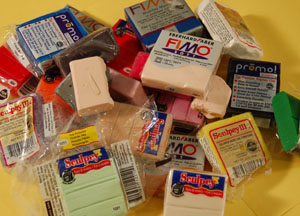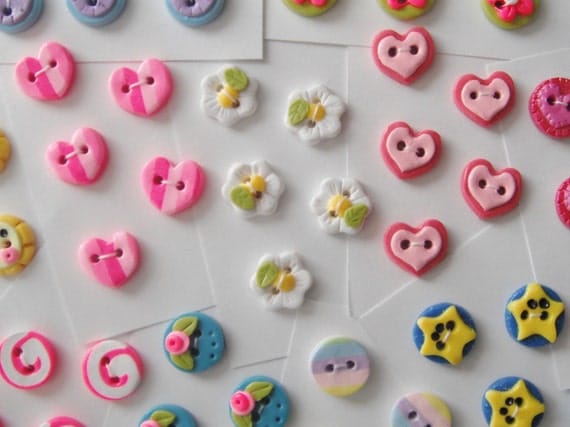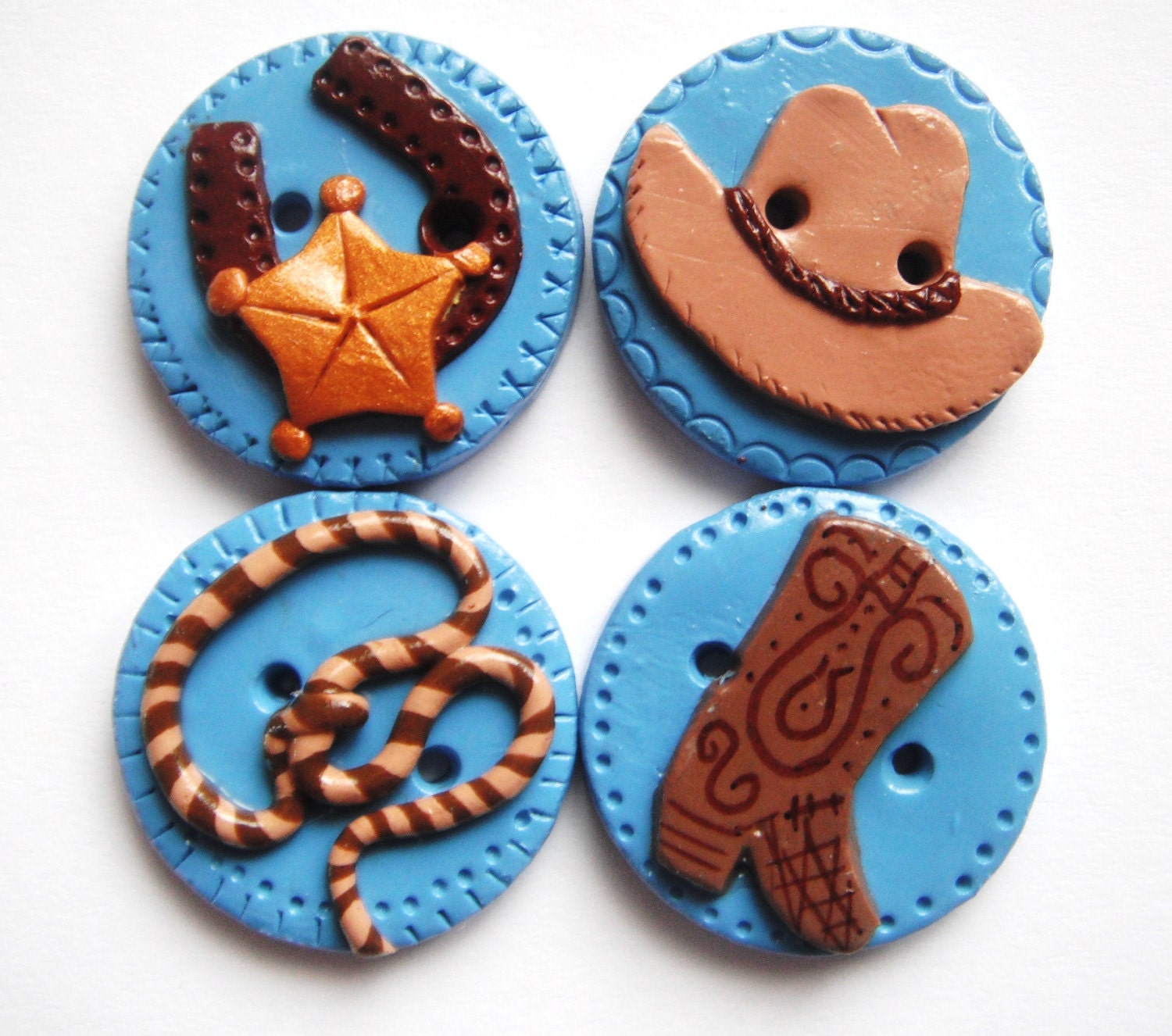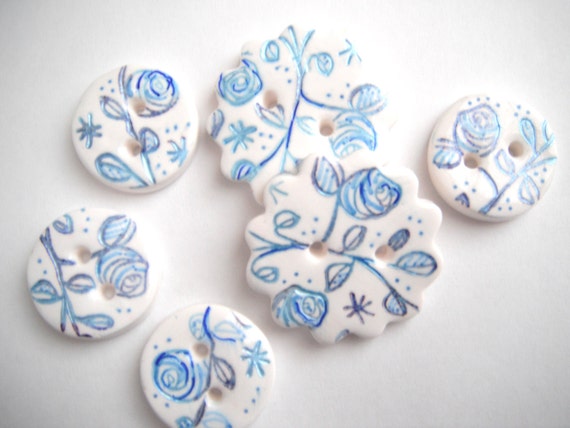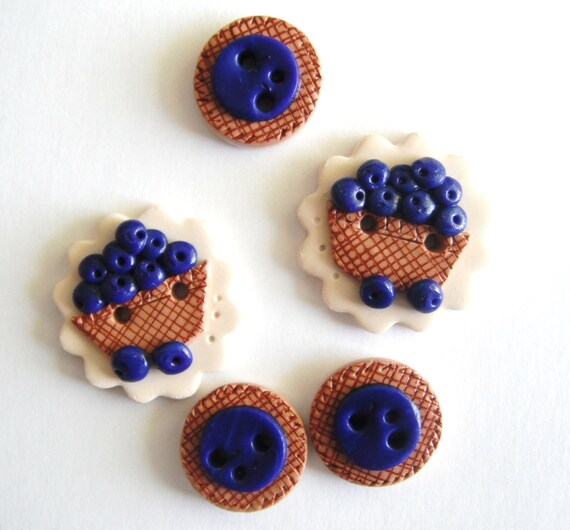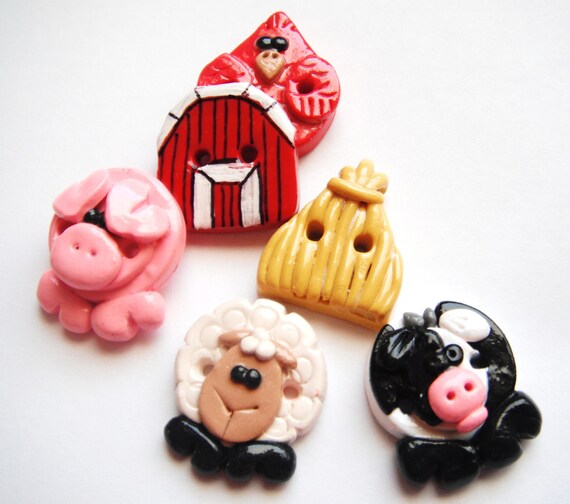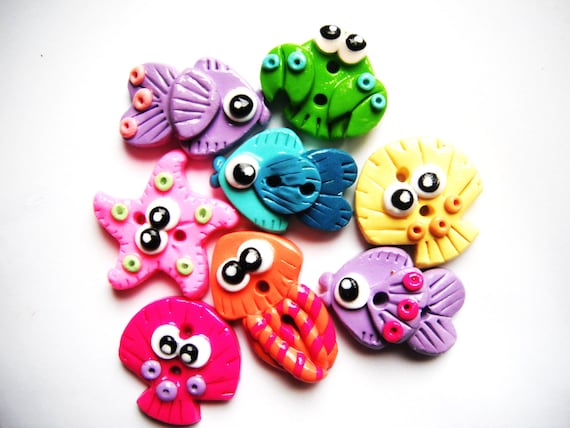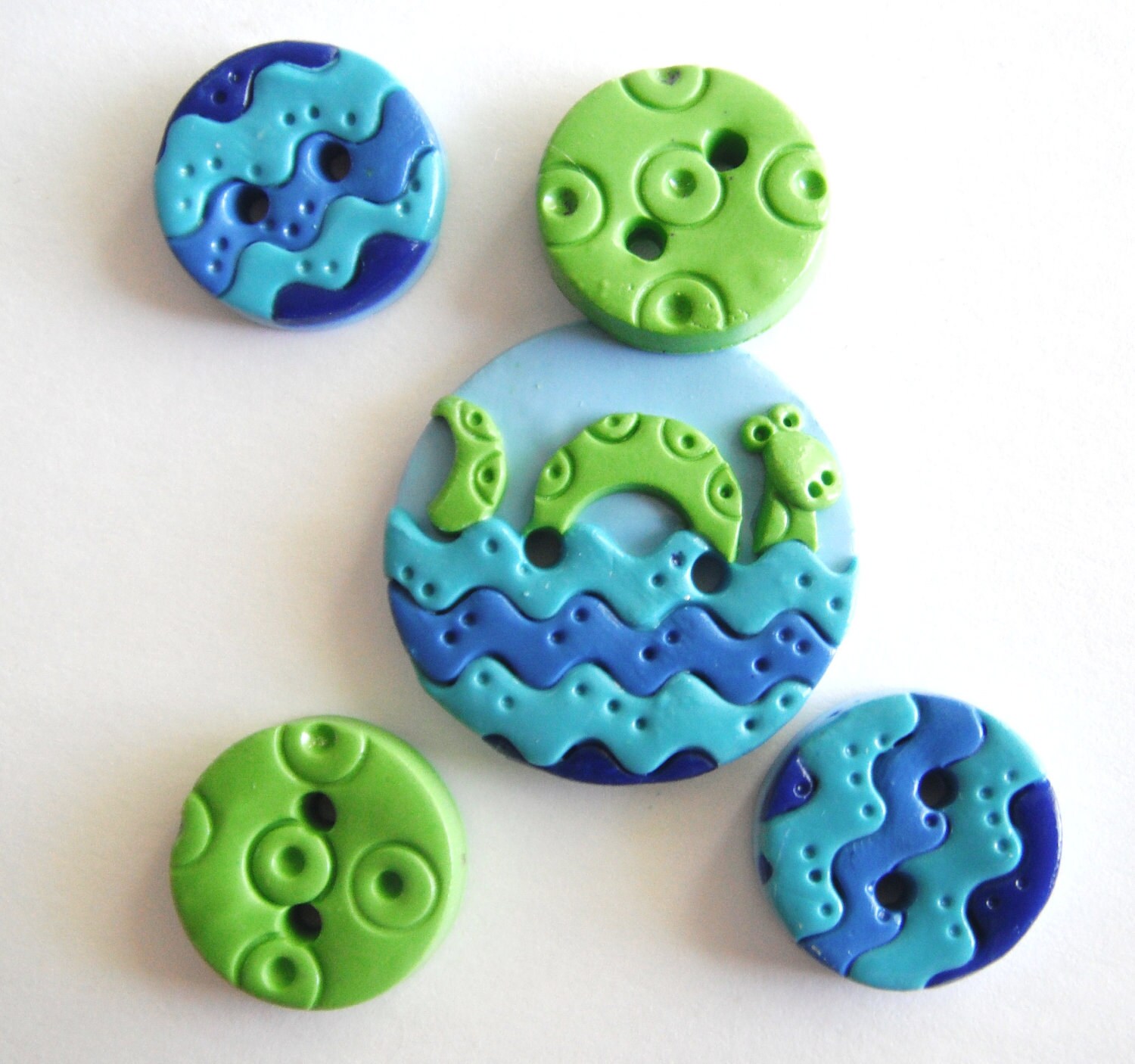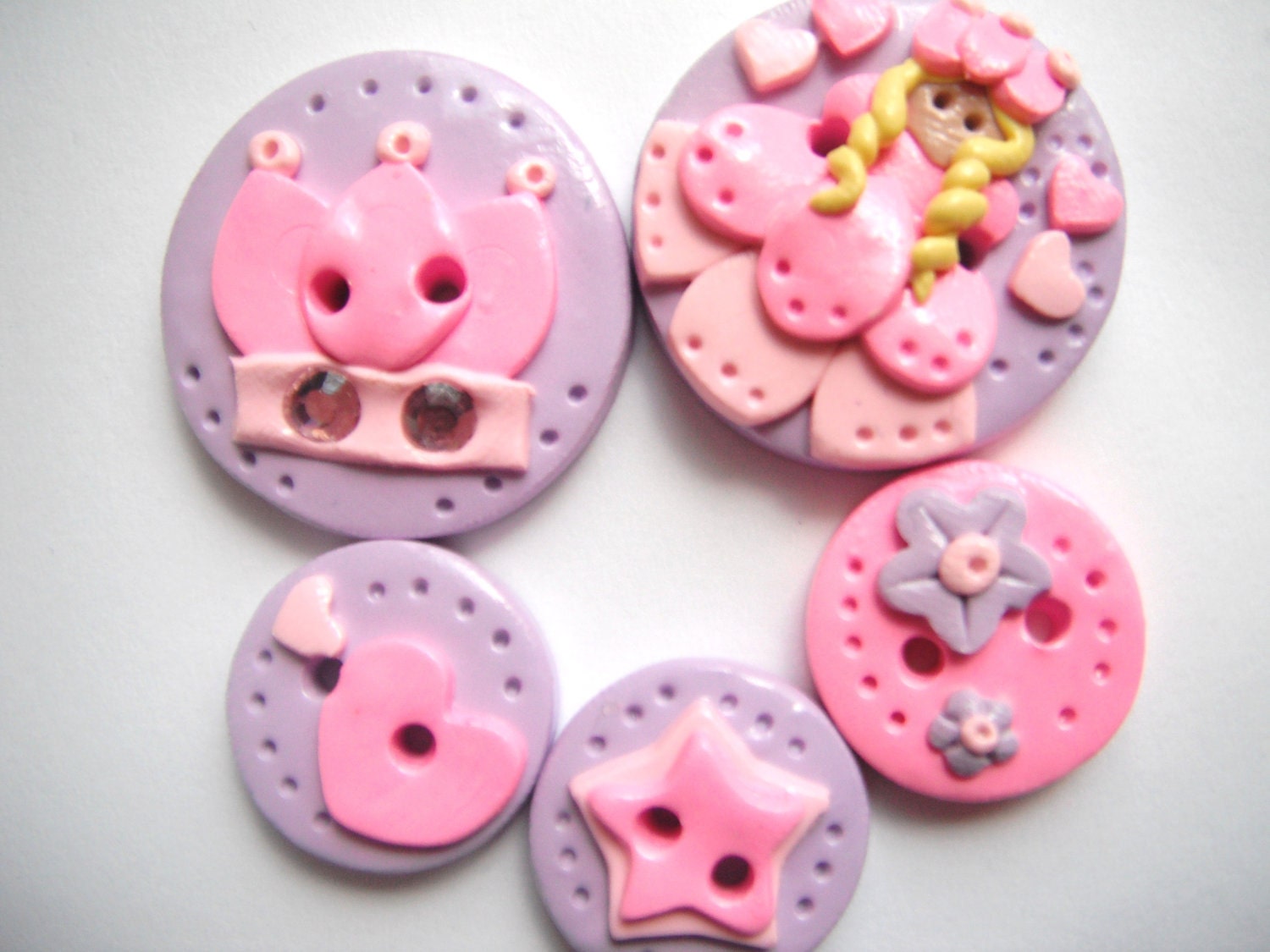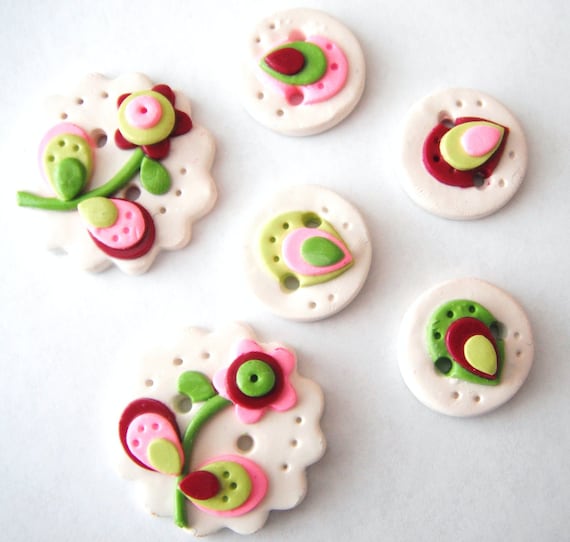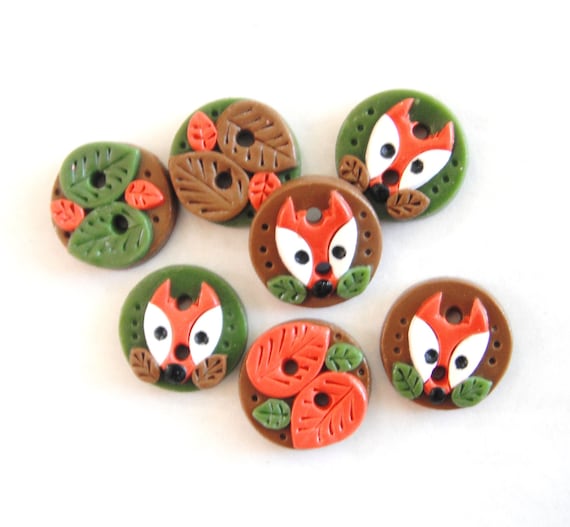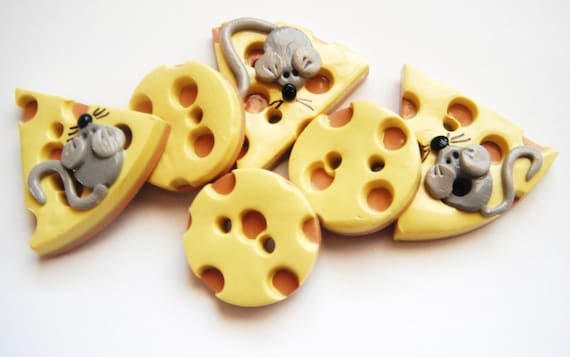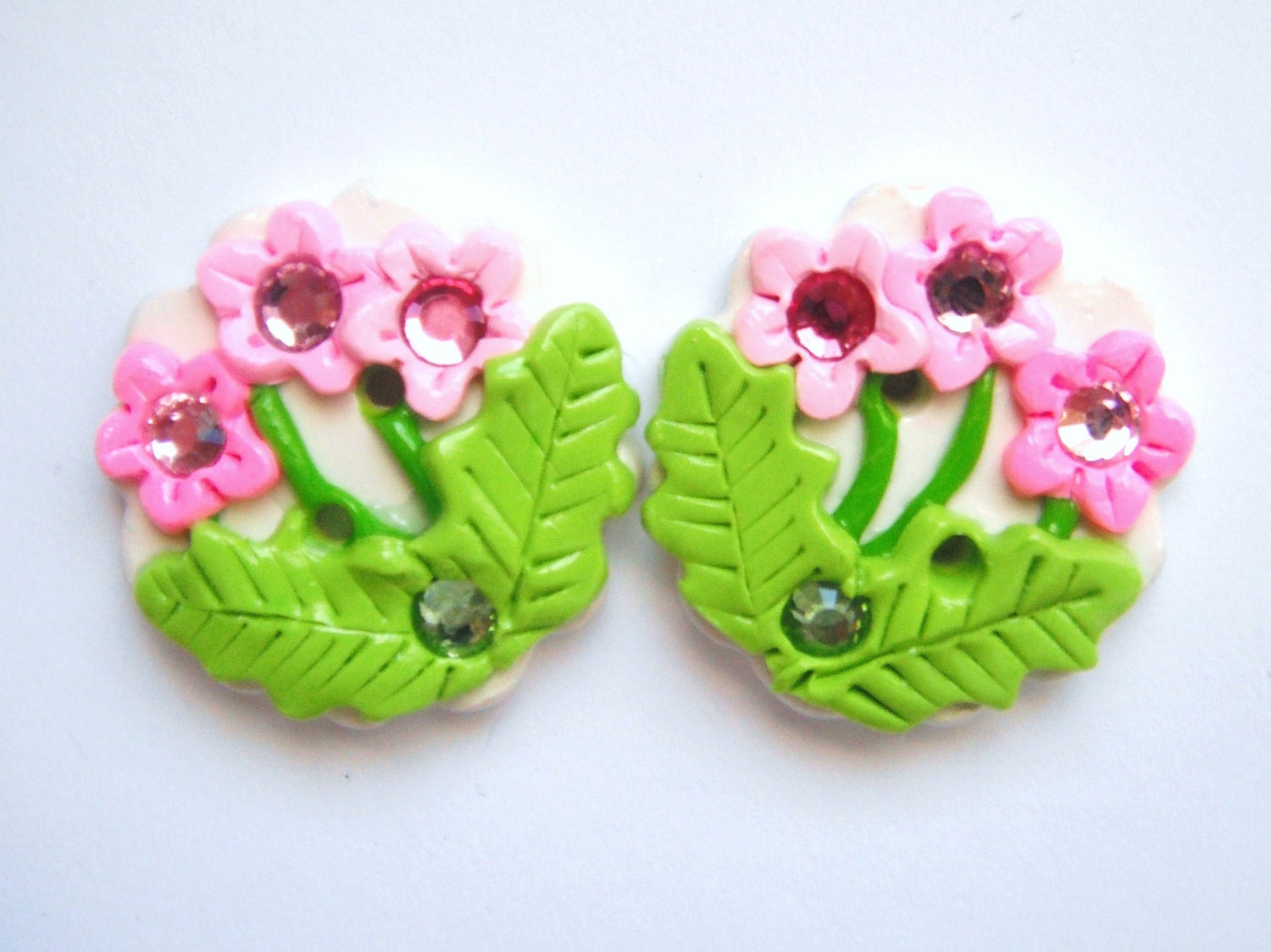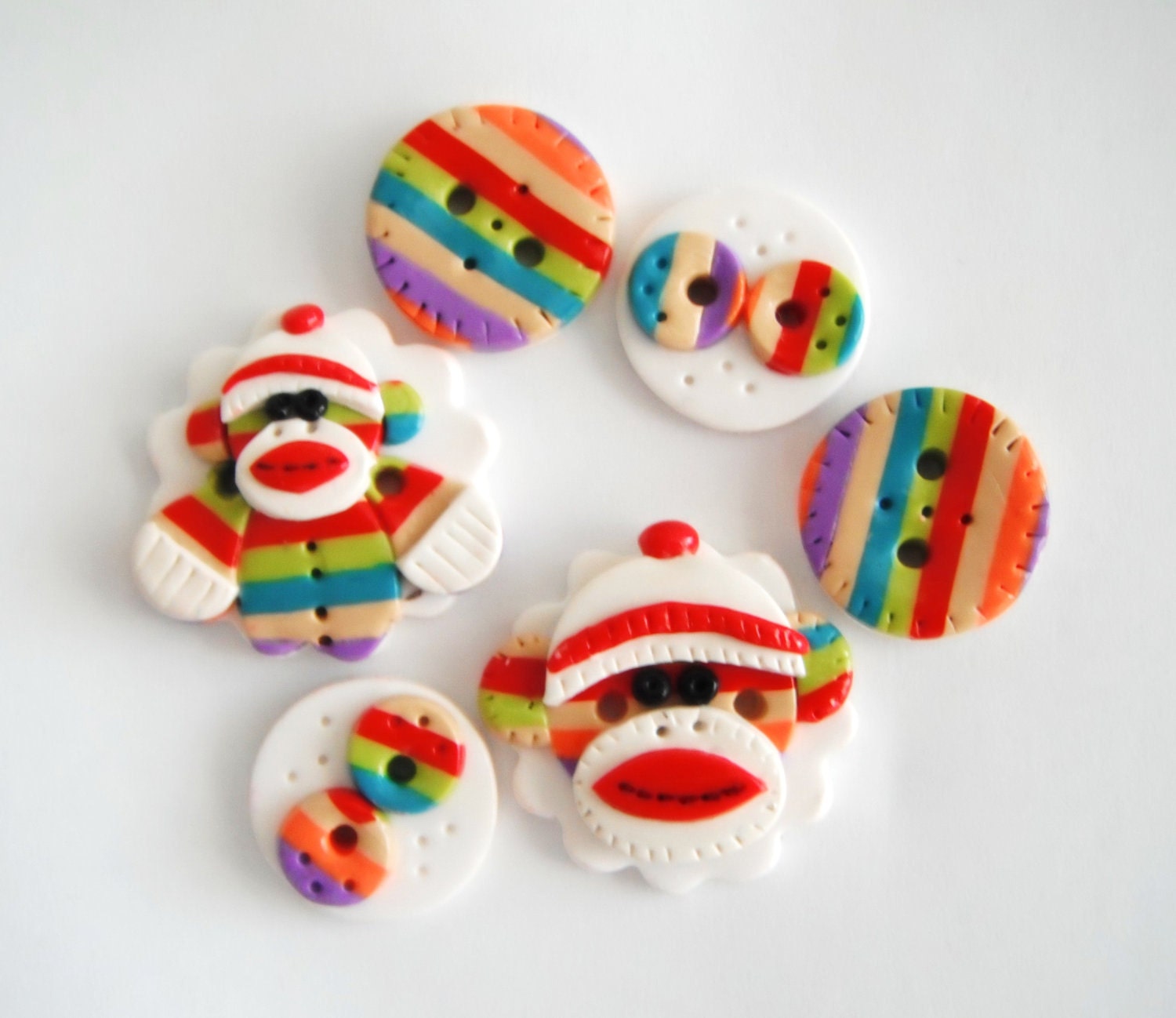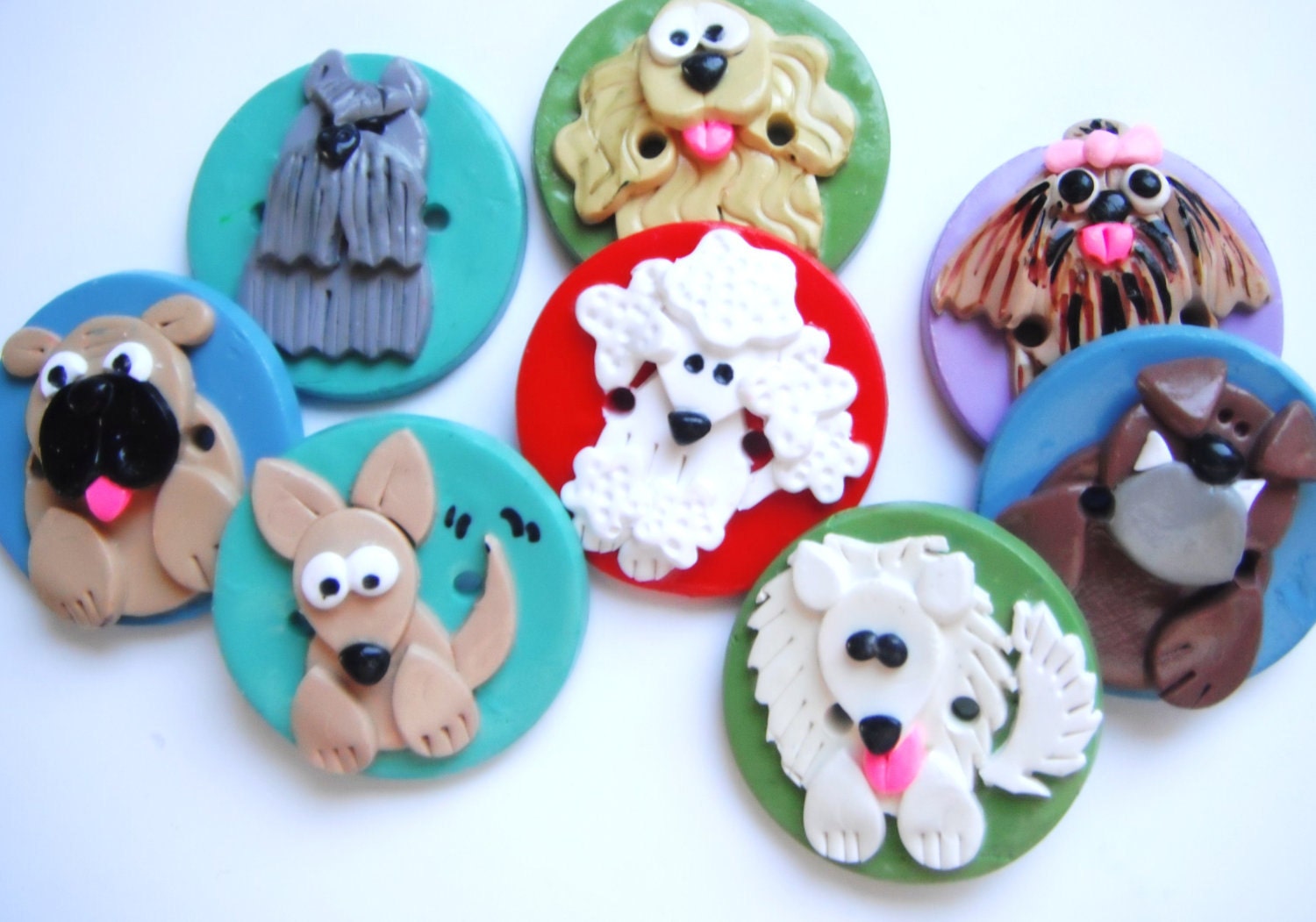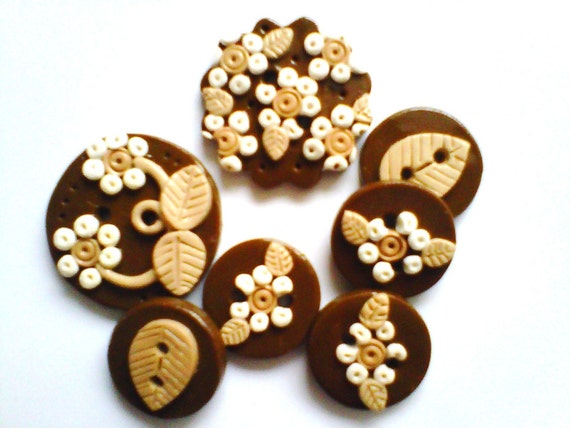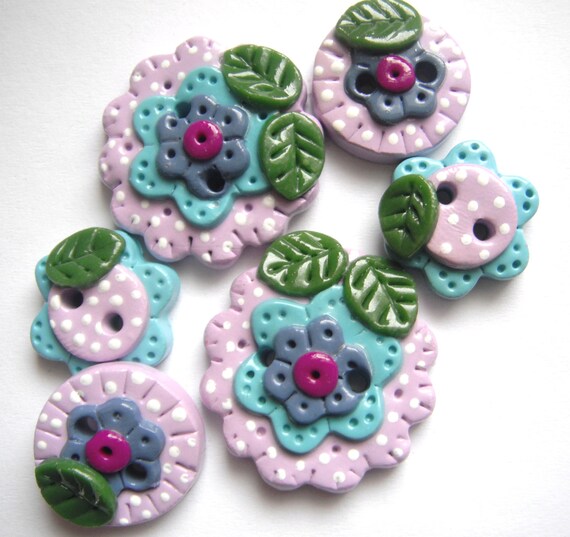Today was a hot summer day, so I pulled out the paints and paint brushes as well as some white paper,
and asked the kids if they wanted to paint.
While sitting there helping my son, who tends to get a bit frustrated when he cannot get the image in his mind onto the paper (so I had him draw it first and then paint it, which really helped him achieve what he wanted),
I saw the left-over paint sitting on his plate and picked up the paintbrush.
My daughter was still working on her masterpiece, so I thought I would try painting her with the colors on the plate and the paintbrush sitting idle.
I decided I would use the paints and not rinse the colors out at all, but use them to blend and work them in.
This is a challenge every artist should try at some point. It gives you a better understanding of paints,
how they blend and how to achieve colors that you didn't think were possible by mixing and manipulating.
It was just a rough sketch and I thought I'd share it even though it is far from perfect.
The process was a great learning tool.
Of course, when having to ask the model to "look at me" too many times,
her patience tends to wane.
My son was intrigued by my rough picture, so he decided he wanted to be next.
I started with the basic face shape using mostly white with very small quantities of red, brown, and yellow.
I then filled in the whole face, noting where the light was hitting and making the features on that side of the face look a little more white.
Not being able to rinse the brush made color switches interesting;
but blending seemed to make them melt into the page.
Next I attempted to add just a touch of red for some pink cheeks.
My model was very patient as I spent a bit more time on his face than his sister who had a much shorter attention span. Still, I am sparing you the many pictures of his uncontainable laughter at having me staring at him.
I began to try to define his facial features a bit more. Perfection is not an object at this point; just a suggestion of what I see.
At this point, my son kept peeking up over the table at how progress was coming,
and he demanded to know why I was making him bald, so I turned to adding some hair.
As I finished defining his face, he began to grow a bit weary of sitting, so we finished it up and decided it was good enough for our bit of fun.
It is not perfect, but it was a fun way to experiment with one brush, a few left-over paints, and a challenge to blend without rinsing colors off in between.
And I think my son is happy that I finally added some hair to his head.
Your challenge for this week is to pick up a paint brush, squirt a few of the primary colors onto a plate,
and paint an image using what you having without rinsing the brush.
(If you want to feel better about it, feel free to pencil in a basic picture first and then paint it.
Start with the light colors and work into the darker ones.)
I think you will find it fun and very helpful in your understanding of paints.
Thanks for stopping by!
Linking up to these blog parties:
Theshabbycreekcottage.com
Nominimalisthere.blogspot.com
Joyfulhomemaking.com
Theshabbycreekcottage.com
Nominimalisthere.blogspot.com
Joyfulhomemaking.com






































